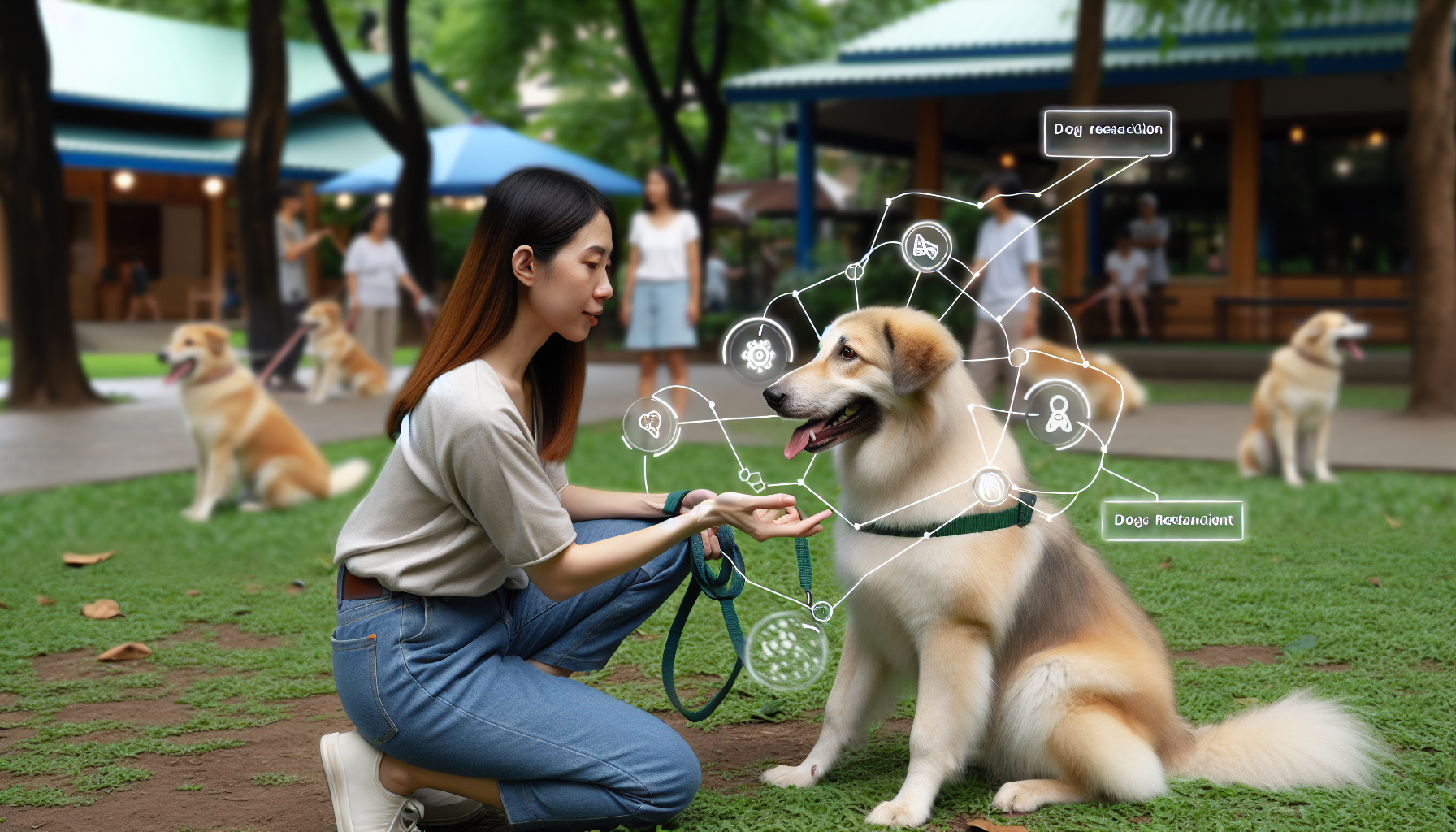How to Solve Dog Reactivity: A Comprehensive Guide
Dog reactivity is a common issue that many pet owners face. Whether it’s barking, lunging, or growling, reactivity can be stressful for both the dog and the owner. Understanding the root causes and implementing effective strategies can help in managing and reducing reactivity.
Understanding Dog Reactivity
Reactivity in dogs can stem from a variety of factors including fear, frustration, or lack of socialization. It’s essential to identify the triggers that cause your dog to react inappropriately. Common triggers may include other dogs, people, bicycles, or loud noises.
Types of Reactivity
- Fear-Based Reactivity: Dogs that are afraid may react aggressively when they feel threatened.
- Frustration Reactivity: This occurs when a dog is unable to reach a desired target (like another dog) and reacts out of frustration.
- Protective Reactivity: Some dogs may react defensively to protect their owners or territory.
Assessing Your Dog’s Behavior
Before you can effectively manage your dog’s reactivity, it’s crucial to assess their behavior. Observe your dog in various situations that trigger their reactivity. Take notes on their body language and vocalizations. This can help you understand their emotional state.
Signs of Reactivity
- Barking
- Lunging
- Growling
- Stiff body posture
- Tail raised and rigid
Implementing Training Techniques
Once you’ve identified the triggers and assessed your dog’s behavior, it’s time to implement training techniques.
1. Desensitization
Desensitization involves gradually exposing your dog to their triggers at a distance they can handle without reacting. Over time, you can decrease the distance as your dog becomes more comfortable.
2. Counter-Conditioning
Counter-conditioning is about changing your dog’s emotional response to a trigger. For example, if your dog reacts to other dogs, present them with treats when they see another dog in the distance. This helps them associate the presence of other dogs with positive experiences.
3. Positive Reinforcement
Using positive reinforcement techniques, reward your dog for calm behavior when they encounter their triggers. This encourages them to remain relaxed.
4. Training with Commands
Teaching your dog commands such as “sit” and “stay” can be beneficial. When your dog begins to react, you can use these commands to redirect their attention.
Consistency is Key
For any training technique to work, consistency is vital. Ensure that everyone in the household is on the same page regarding training methods. Regularly practice the techniques in various environments to solidify your dog’s learning.
Seeking Professional Help
If your dog’s reactivity is severe or you feel overwhelmed, consider seeking the help of a professional dog trainer or behaviorist. They can provide personalized guidance and support.
Building a Stronger Bond
Working through your dog’s reactivity can strengthen the bond between you and your pet. Patience and understanding are essential as you navigate this journey together.
Image Reference

Conclusion
Dog reactivity can be challenging, but with the right approach, it’s manageable. By understanding the underlying causes, implementing effective training techniques, and maintaining consistency, you can help your dog become a more well-adjusted companion.